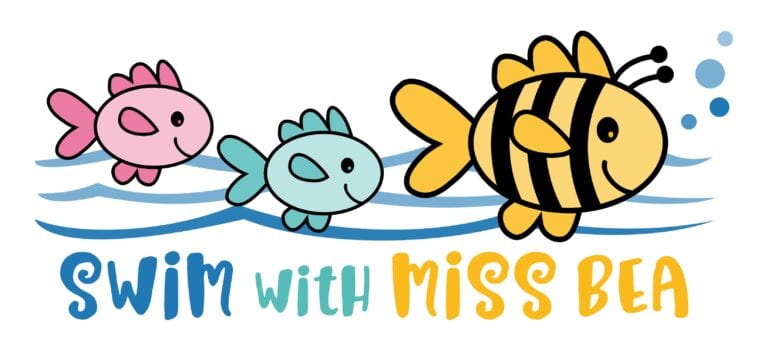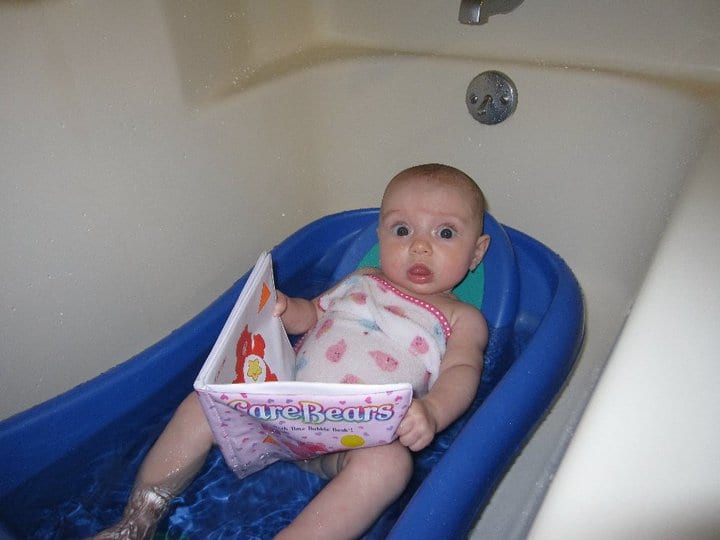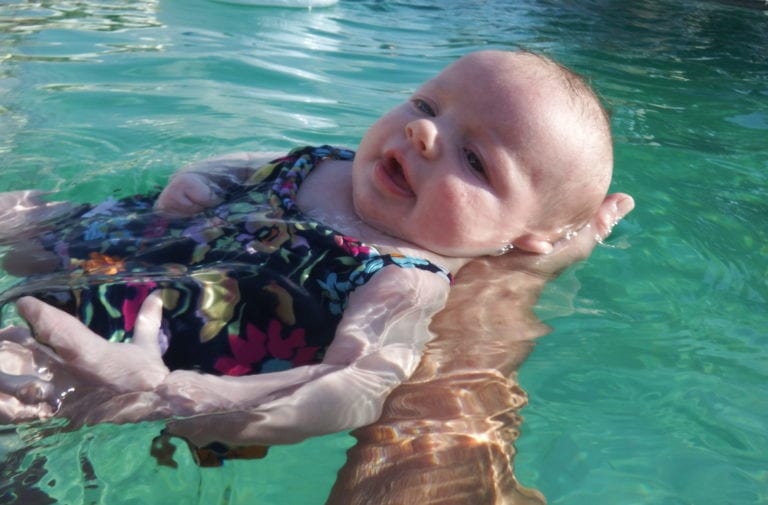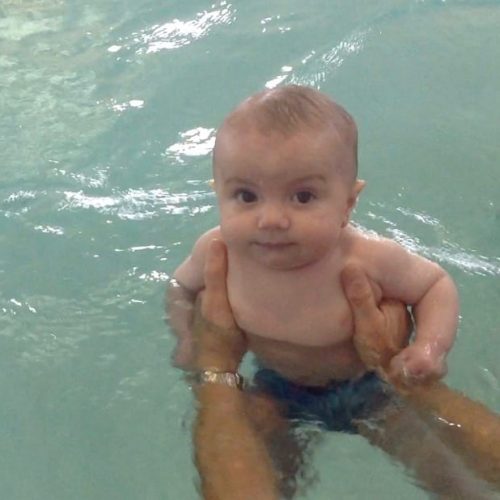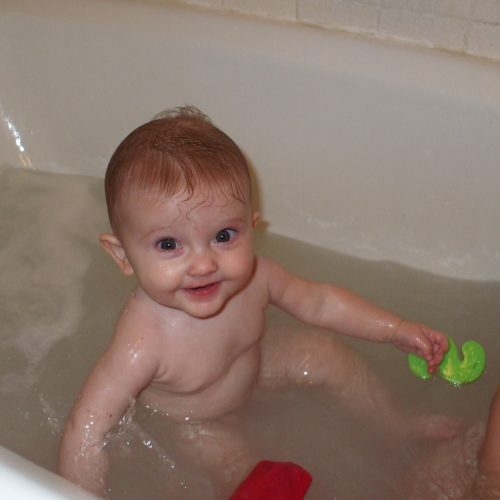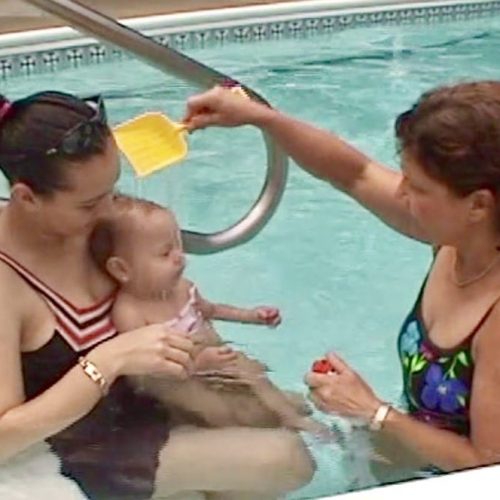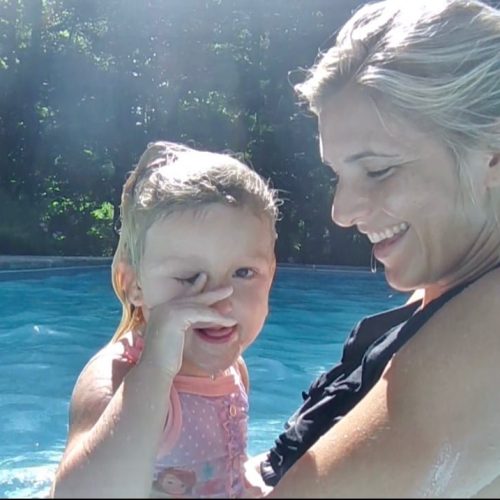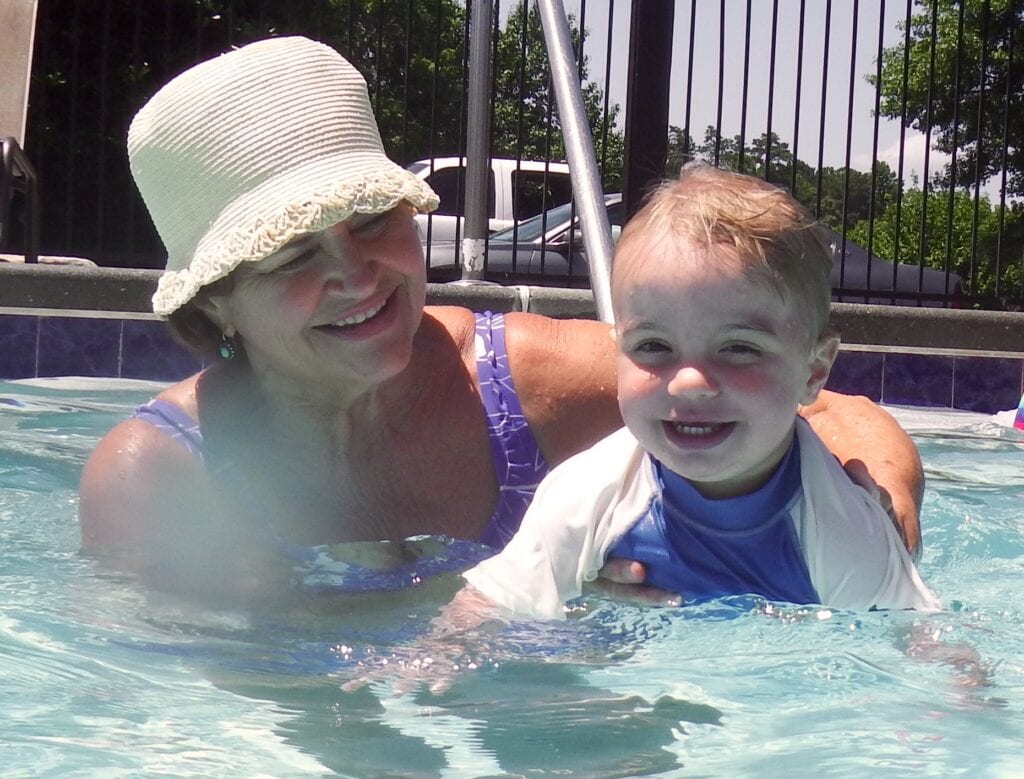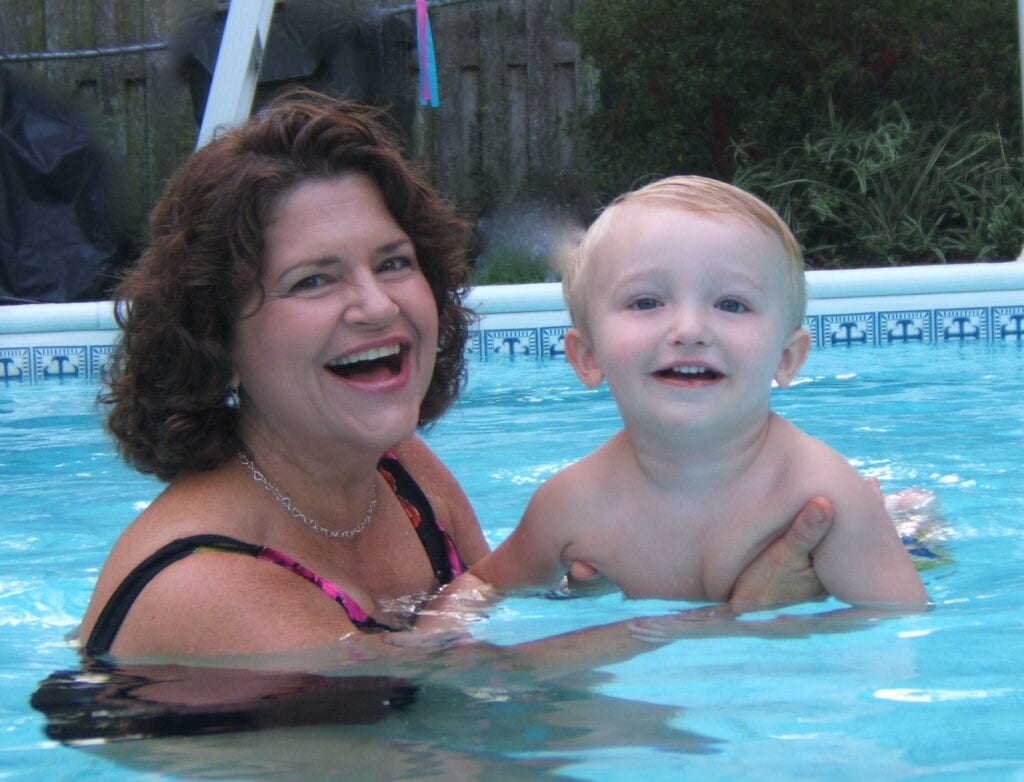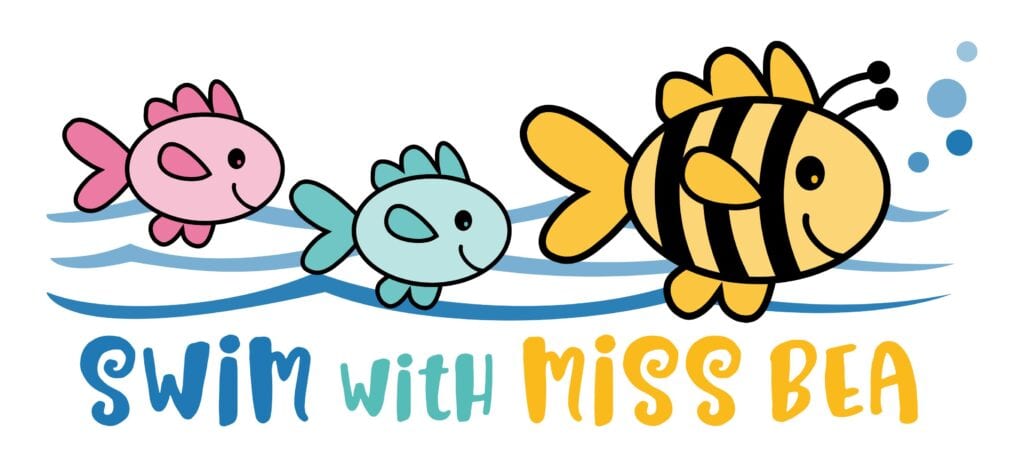Swim Lessons for Your Happy Baby
Baby Swim
Though babies move their arms and legs in the water as if they are swimming, they are not independent or safe in the water at this age. Your baby is developing a positive foundation and happy attitude necessary to swim and move about in the water. Traditional two-week summer swimming lessons may not be enough to develop your child’s swimming skills. There are new, longer-lasting swim schools popping up all over now. These may be costly and time consuming. Use Miss Bea’s swimming lesson DVD that includes strategies and techniques for teaching babies and children fundamental swimming skills as well as techniques that will further elevate your child’s swimming
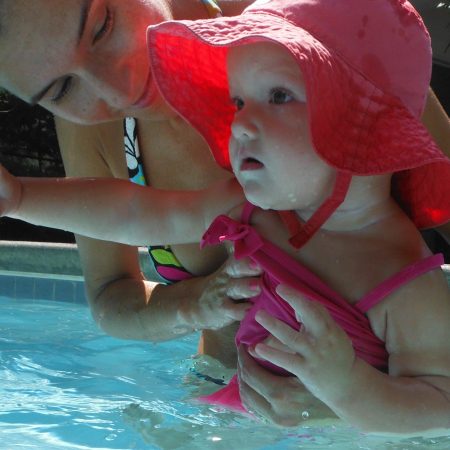

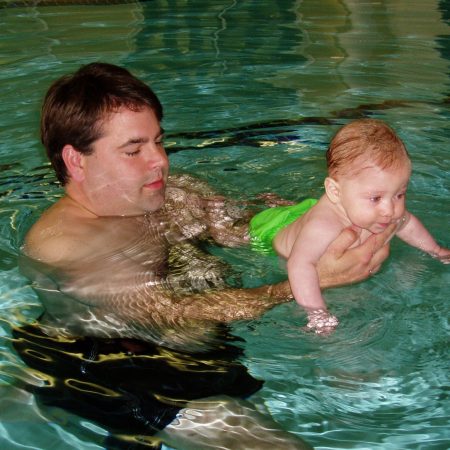







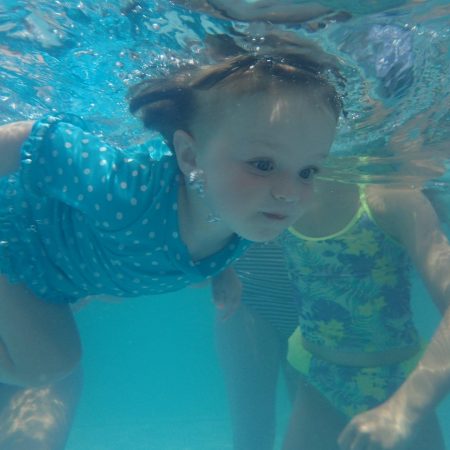

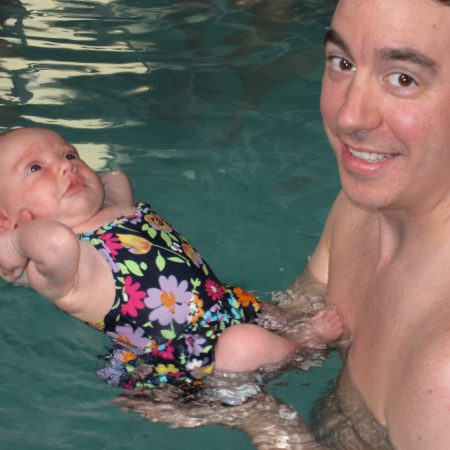







First Time You Put Your Baby Underwater!
First Time Under Water
It’s normal to feel uncomfortable about putting your baby under water. Miss Bea shows you exactly what to do. The first time is the hardest. But when you see your baby relaxed and enjoying the water, you will know that it is good for your baby! Miss Bea has more to teach you!
YOU CAN USE THE COUNTING, OR NAME - READY - GO, AND POUR WATER ON THE FACE:
- For 4 weeks and older in the baby bath or tub: make eye contact with your baby,
- Count to three (or say “name, ready, go!”) to set the signal, and blow on your baby’s face.
- Pour a little water on his face, once or twice each bath – first dribble from the washcloth, then a cup.
- When the baby is used to the water on the face, then count or say the signal, without blowing on the face – pour water on his face.
In the bathtub and edge of the pool:
- Count to three (to set the signal) and pour water on a toy then wipe the toy’s face.
- Have your child pour water on his own face and on your face. You pour water on his face.
- Have your child count to three and put the toy under the water and wipe the toy’s face.
- Laugh and have fun.
- When your child is used to having water on the face, pour water on his face and then dunk – that is the easiest way.
If your child still doesn’t like going under water:
- Tell your child that you are going under the water together.
- Count to three, do a little jump and both of you go under the water together for a second.
- Come up and wipe his face.
- Distract your child by making spitting noises, asking your child to wipe your face or giving him a toy.
- Even have him push YOU under the water.
- If YOU don’t want to go under the water, find some other way to make it fun!
- Alternate going under water with some fun activities or playing on the steps.
- Practice five to ten times the first day!
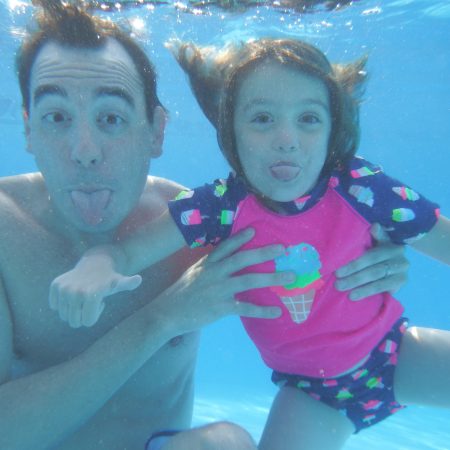

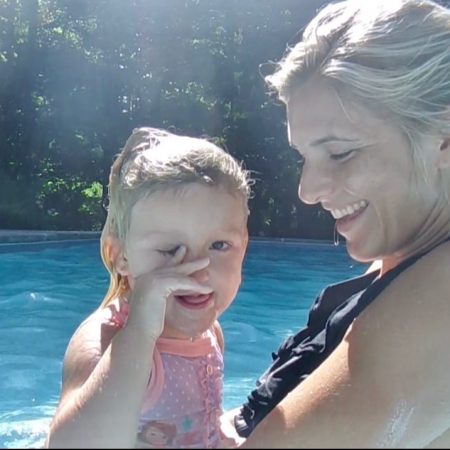







Swim And Have Serious Fun!
Kids Swim
Serious because DROWNING IS THE LEADING CAUSE OF DEATH FOR CHILDREN UNDER 4 YEARS OLD which is why it is imperative to work on lifesaving techniques that can lead to a love of being in the water.
The hundreds of parents I have coached gain confidence and great joy while they become the primary teachers of their infants and children in steps that lead to comfort, enjoyment and safety in the water.
Let Miss Bea help you have a happy and safe swimmer…
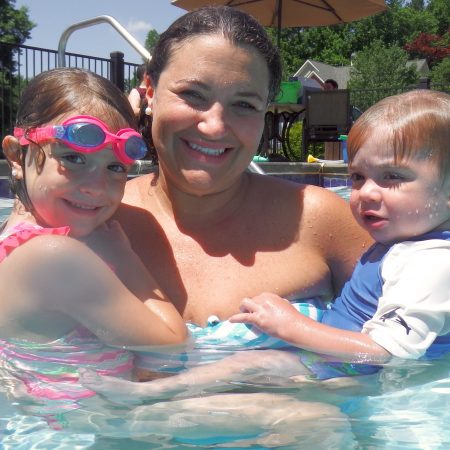

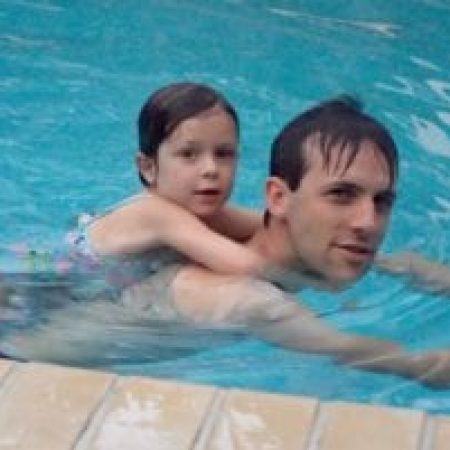







Steps for a Good Swim Lesson
Lesson Plan
Before The Swim Lesson:
Watch the swim video segment that you choose to practice. Watch it with your child. Tell the child, you can do this too! Sometimes the child can choose the lesson. Remind the child that this is “swim school time,” and you are the teacher.
Upset or Excited:
Whether your child loves the water or is scared of the water, watching the videos of so many children swimming and performing the activities will encourage the child and help to start each swim lesson with a positive attitude. It is normal for the child to become upset sometimes during the swim lesson. The child, especially the strong willed child, would rather do what s/he wants and not what you want, remind the child (with a smile) that you are the teacher.
Miss Bea’s Swimming Tips:
• Explain clearly
• Be consistent and confident
• Make it fun with a toy or a song
• Understand the child’s feelings
• Do not take the child out of the water when crying
• Praise and reward → Offer treats!
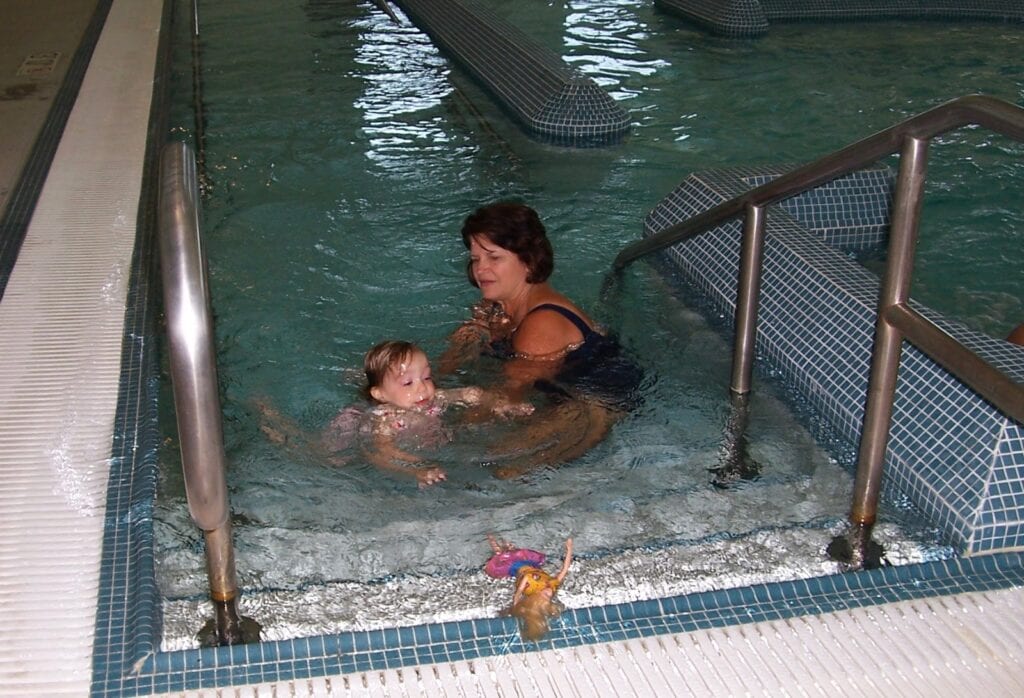

Many Activities for the pool
• Games for water on face and going underwater
• Underwater glide to a parent or a toy
• Look for birdies for the back float
• The arms → Dig, dig, dig
• Kick with a float → Kick to a toy
Miss Bea’s Swimming Lesson Tips:
• Maintain eye contact
• Praise and reward
• Distract with a toy or a song
• Be gentle, calm, and loving
• Be consistent and confident
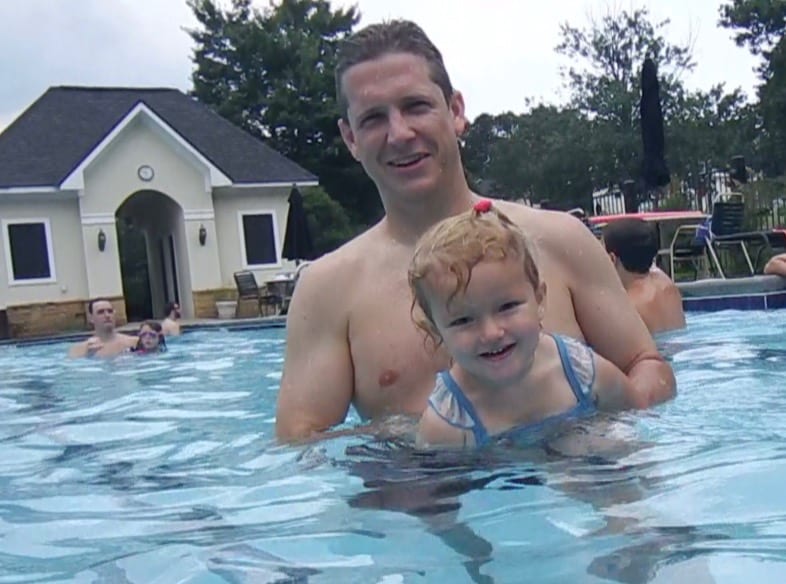

When and How often to Practice each Swim Lesson:
- Go to the pool when the child is rested and ready to swim. Usually thirty or forty minutes are enough for a three year old, and fifteen to twenty minutes for a baby.
- Be sure you move on to a new activity when you “hit a wall.”
- Have patience and continue to encourage and praise the child.
- Show confidence. With toys and treats, your child will learn from you!
In the pool after practicing in the tub:
- Get your baby comfortable and playful in the pool.
- Hold your baby under the arms facing you, and make eye contact with your baby.
- Choose whichever of the 4 you have been doing in the tub: 1) Count to three, or 2) say: “baby’s name, ready, go!”, 3) or blow on your baby’s face 4) then pour water on the face. (do the same signal as in the tub) Do several times without putting him underwater.
- When used to this, smoothly and gently lower your baby’s head completely under the water for one second.
- Bring your baby up and smile and laugh and give your baby a toy to hold.
- Do not act concerned if the baby sputters, coughs or seems to choke. He is just surprised. The next time he will be fine!
- Smiling, look at your baby directly in the face. Play, do float activities, and distract him for a few minutes.
- Do it a second time and you will see that your child will love it! Be assured! Do it again!
When you’ve had enough and are ready to go home:
Always have playtime at the end. If the child has been upset through some of the lesson, wait until s/he is calm before you go out of the pool so they remember the swim lesson as a positive experience. If the child is having too much fun, give a five minute warning before you end the practice or lesson. Don’t forget to take pictures and videos!


After the Lesson:
Watch the dvd and look at your piuctures to review and reinforce what you’ve accomplished and what you will work on next.
OTHER:
- Never say “hold your breath.” The child doesn’t know what that means. If an older child is swallowing water, Say “Close your mouth.” Show the child how to make chipmunk cheeks. Hold up a finger like a birthday candle for the child to blow out when he comes up from under the water.
- If you have the LEARN TO SWIM WITH MISS BEA – DVD, all of this will be shown with real children acting out their activities. Be assured that you will not be hurting your baby. You will not be holding your baby under the water long enough for the baby to swallow water. Add your own games and toys to distract the child, praising and clapping for each accomplishment. Until a baby learns to swim, holding his breath may save him if he falls in the water. You will see as you hear me talk and explain the progression and you will be able to teach your child to go under water too!
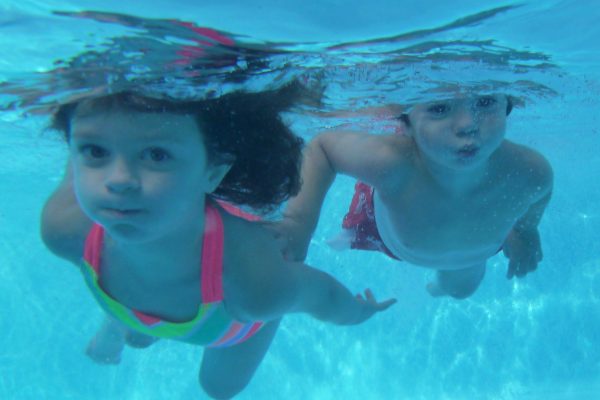

You Did It!
Now make plans for the next lesson!
Swim Instructors
For Swim instructors who want to start to teach Baby swim or want to start their own business:
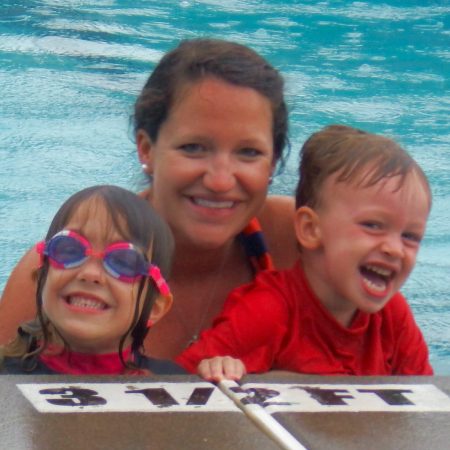











Miss Bea found that 2 weeks of group parent/child lessons worked best for parent commitment. For the best parent commitment, two-week classes were held Monday through Thursday for twenty-five minutes each, with Fridays for makeup/private lessons. Parents were asked to practice (even in the tub) on the weekend for best results. I found that the children who fussed initially at having to engage in the training activities (when they would rather be doing something else,) exhibited comfort and some independence in the water by the 5th fun lesson. Most importantly, the parents and children were enjoying their efforts together. Some parents registered for additional lessons, but after the 8 lessons, most parents were confident in continuing their efforts on their own with the help of Miss Bea’s DVD.
You know best what you will need, Just tell me and I will help anyway I can!
